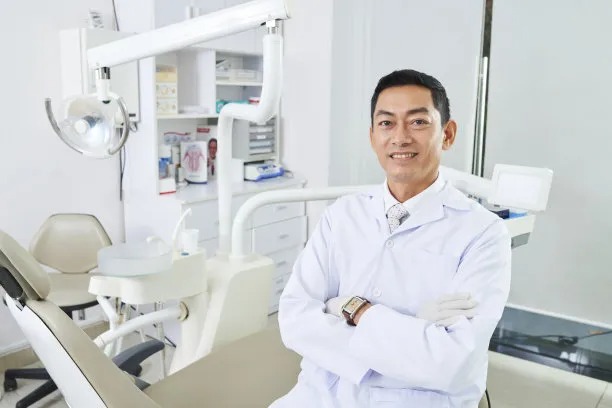Essential Guidelines and Precautions to Ensure a Successful Dental Filling Experience and Maintain Oral Health
Summary: Dental fillings are a common dental procedure intended to restore teeth affected by decay or damage. To ensure a successful experience, it is crucial to adhere to essential guidelines and precautions before, during, and after the filling procedure. This article offers practical strategies that encompass choosing the right dentist, understanding the procedure, post-treatment care, and maintaining oral hygiene for long-term success. By following these guidelines, patients can not only optimize their dental filling experience but also uphold their overall oral health.
1. Choosing the Right Dentist for Fillings

Selecting a qualified dentist is the first step toward a successful dental filling experience. Researching local dentists and checking their qualifications can give you confidence in their expertise. Look for reviews and testimonials online to gauge patient satisfaction and outcomes. A skilled dentist will effectively communicate the process, ensuring you understand what to expect from the filling procedure.
It is also beneficial to choose a dentist who specializes in restorative dentistry. These professionals have advanced training and techniques to handle different scenarios, ensuring better outcomes. Additionally, consider the dentists experience with the specific materials used in fillings, as some patients may have preferences, such as composite resin versus amalgam.
Lastly, don’t hesitate to schedule a consultation before undergoing the procedure. This initial appointment allows you to discuss your concerns, ask questions about the procedure, and assess the dental offices atmosphere to decide if it feels comfortable for you.
2. Understanding the Dental Filling Procedure
Being informed about the filling procedure is crucial for minimizing anxiety and ensuring a smoother experience. A typical filling appointment starts with an examination of the tooth and the administration of a local anesthetic to numb the affected area. This step is vital for your comfort during the drilling process, as removing decay may create discomfort without proper anesthesia.
Next, the dentist will use a drill to remove the decayed portion of the tooth. This process can be intimidating for some patients, but understanding that it is a necessary step to prevent further damage can help alleviate fears. The dentist will aim for precision to preserve as much healthy tooth structure as possible, ensuring a more effective filling.
Once the decay is removed, the dentist will prepare the filling material, which may involve shaping and placing the material into the cavity. After the filling is completed, the dentist will check your bite to ensure that the filling is even and does not interfere with chewing. This thorough approach ensures that the finished product is comfortable and functional.
3. Following Post-Treatment Care Guidelines
Post-treatment care is essential for ensuring the longevity of your dental filling. Initially, after the procedure, it is advisable to avoid eating or drinking hot or hard foods until the numbness from the anesthetic wears off. This precaution helps prevent biting your cheek or tongue accidentally.
Manage any discomfort with over-the-counter pain relievers, as recommended by your dentist, to stave off potential pain following the filling. If you experience severe pain or sensitivity that persists, contact your dentist for advice, as this may indicate an issue with the filling or the underlying tooth.
Maintaining a routine of gentle oral hygiene practices is crucial after receiving a filling. Brushing gently twice a day and flossing daily helps protect both the filling and surrounding teeth from plaque buildup. Regular dental check-ups will also provide an opportunity for your dentist to monitor the filling and address any concerns promptly.
4. Maintaining Long-Term Oral Health
To maintain long-term oral health, it is essential to adopt preventive measures even after receiving a dental filling. A balanced diet is crucial, as consuming a nutrient-rich diet can help strengthen teeth and reduce the risk of further decay. Foods rich in calcium and vitamin D, such as dairy products, leafy greens, and fish, bolster dental health.
Additionally, avoiding sugary foods and beverages can greatly decrease the risk of tooth decay and prolong the life of your filling. If you do indulge in sweets, practicing good oral hygiene right after using them helps mitigate their damaging effects.
Finally, regular dental check-ups should be a part of your oral health routine. Your dentist can provide cleanings, early detection of decay, and assessments of existing fillings to ensure they remain in good condition. Keeping an open line of communication with your dentist about changes or discomfort can also lead to timely interventions that preserve your oral health.
Summary:
In conclusion, adhering to essential guidelines and precautions can significantly enhance your dental filling experience. By selecting a qualified dentist, understanding the filling procedure, diligently following post-treatment care, and committing to long-term oral health practices, you can ensure successful outcomes and maintain your overall dental well-being.
This article is compiled by Vickong Dental and the content is for reference only.


